PART 4––Finding the "EDITORIAL KEY" for 'A MAN, A WOMAN, AND A KILLER'–– Spending A YEAR after Mendocino, CA shoot (1973-74...) TRYING to get ANY 2 scenes 2 cut together!
Watch TRAILER: https://vimeo.com/ondemand/manwomankiller
Synopsis (Wikipedia)
The story of a small-time gangster (Dick Richardson) writing his journal in a Mendocino, California, farmhouse, as he awaits a hit man who is coming to kill him. In this first part of a trilogy, realities continue to shift between the story, and the actual making of the film, as seen through unscripted scenes, real-life narrations by lead actors, and the real relationship that developed on the set between Richardson and the actress (Carolyn Zaremba) who played his girlfriend. A bumbling, local librarian (played by Ed Nylund) is mistaken for the "killer" and plays along with the game.
Text excerpted from TWELVE DEAD FROGS AND OTHER STORIES, A Filmmaker’s Memoir, by Rick Schmidt ©2017. Photos excerpted from SLEEPER TRILOGY–Three Undiscovered First Features by Rick Schmidt, 1973-1983.
NO STORY (1973)
Back at Palmer Lab I had started to run out of money and had inadvertently slipped into charging my monthly editing room fee ($320), as well as other small costs, as I kept editing away in my small 5’ by 8’ cubicle. Soon I had beaten the lab record of in-house editing (none had stayed longer than a couple of months). Just like the little man behind the curtain in The Wizard Of Oz, I had traded real life for the satisfaction I felt controlling and manipulating those life-like images projected on a screen. I became a hermit, a cave dweller, trying desperately to extract emotion from plastic strips, but it just wasn’t working! It wasn’t long before I realized that I needed to get out of town again, to clear my head.
Arriving in Mendocino (I took the bus), I found it helpful to revisit the scene of our movie, to feel the cool ocean fog blanketing ‘the red house on Kelly Street,’ the official address of our movie set. Walking around the chicken coop across the street, visiting the fields where we had shot several dramatic scenes, and wandering through other parts of town, I still felt the magic of our shoot. Of course, everything looked calm again, no cameras in sight demanding that life be forged into scenes, no personality clashes between filmmakers.
I’m shooting Eclair camera (left), scriptwriter Terrel Seltzer checks shoot-log below, with sound recording team Lee Serrie, Neelon Crawford (middle). Co-director Wayne Wang (right) sets up shot with actors Dick Richardson and Carolyn Zaremba (“Z”) (unseen inside chicken coop). Photo by Ed Nylund ©1973 L.L. Productions.
During those solitary hours on the California coast, it dawned on me that I just wasn’t smart enough yet to figure out the footage. I realized that I would have to grow more as a human being, learn some new things I didn’t as yet know, in order to solve that complex filmmatic puzzle in which I was immersed. I figured that I needed to get out more (out of my editing cave…), see some movies, perhaps read some books that could inform me of new ideas and options. My silent prayer, at that point, was that it wouldn’t take years to reach that necessary enlightened state.
Around Christmas, Wayne accompanied me down to my mother’s home in southern California, agreeing to travel there with me when I screened a portion of the film and ask her for an additional investment. After four solid months of editing, I had discovered that in spite of my 15-hour work days, I couldn’t get the footage to coalesce. There just wasn’t a story that I could find in the footage. It took a lot to admit that.
Co-Lead Carolyn Zaremba (‘Z’). Photo by Ed Nylund ©1973 L.L. Productions.
To continue along on my quest of finding the editing structure (and print the movie), I needed more funds. I had faked it along, as far as I could. My mother wasn’t rich, but thought she could afford a couple thousand dollars to keep me afloat for a few months longer. So she arranged to rent a projector and small space for the showing. I’m not sure what any of the small audience (including my Uncle) thought of the mysterious footage, but after sitting there patiently with everyone else, wondering just what the hell the strange footage meant, Mom kindly agreed to further fund the project.
I’m sure Wayne left my mother’s house thinking that she was a multi-millionaire since my step-father’s mission-style house sat sprawled among groomed gardens and pathways, well-tended roses and swaying palms, with a broad view of the Pacific Ocean. Perhaps that incorrect assumption on his part (the house belonged to my step-father and was left to his kids) caused some degree of damage later, when Wayne thought I charged him too much for editing his breakthrough hit, Chan Is Missing.
TENNESSEE’S RESCUE (1974)
I must have prayed a lot in my sleep in 1974, because when I bought the book, Memoirs, by Tennessee Williams, around March or April, with its loose chronology of entries (like this book you now hold in your hands), I saw in its structure the clue to my editorial salvation.
I learned that an author could be very creative with his time-frames. If Mr. Williams could jump from September, 1941 to January, 1964, then some other timeline, I figured so could I. It seemed like I might be able to tell part of my filmmatic story from one actor’s point of view, then jump right to another actor’s perspective, without apologies.
Sound recordist Lee Serrie checks light exposure on co-lead Ed Nylund, for “Act III.”
Back in the editing room I began to shift my Man, Woman, Killer footage around to accommodate this new concept. I also decided to divide the film into three parts, Act I – The Story, Act II – The Game, and Act III – The Death of Uncle Jim, playing off some of the monologue that Dick spoke into his tape recorder early in the film as he gazed out a window at the gorgeous fields of Mendocino. These titles reflected the editing concept I was heading for, creating A film within a film. I asked myself the editorial question, “What is real?” (in the footage), and what is simply an invention from the mind of the Dick character. I began to play one scene off another, taking advantage of this distinction.
Co-Lead Richard A. (Dick) Richardson, writes ‘the reality’ of the movie, with view from “Red House,”Mendocino,fields and ocean beyond. ( Photo by Ed Nylund ©1973 L.L. Productions.).
Dick, Z, and Ed Nylund also appear in following features; (SHOWBOAT) 1988-The Remake (1979) , and EMERALD CITIES (1983), completing my trilogy on “the American dream.”
I also decided to incorporate my old subtitling skills, and use English titles to represent Dick’s writings from his journal. Fortunately, we had run off a good deal of footage of Dick sitting at his desk writing, those scenes now vital for supplying enough screen-time to accommodate my subtitled voice-overs.
Rolling through the outs (head and tail leaders and footage cut out from scenes, usually thought unusable in the final cut), I discovered many glorious moments of Dick and Z interacting before the clack of the clapboard transformed them into characters for our scripted story. It was then that I admitted to myself that the real gold of the movie lay in those unconscious-of-the-camera moments.
Suddenly it was a whole new ballgame. I brought the three lead actors, Dick, Z, and Ed into the sound studio on separate days and recorded monologues from each of them, discussing each other, their real-life stories (where they were born and raised, etc.), and the moviemaking process itself. With these narrations edited into the footage, the film suddenly came alive before my eyes. It effectively intertwined the scripted story and the making of the film, keeping the gangster motif alive while revealing real-life romantic intrigues between Dick and Z. I’d never been happier or more relieved in my life. Somehow, I had broken through the ice, got the movie rolling!
Some of the best emotional moments during the shoot had been captured by the photographs taken by Ed with his 35MM Nikon, so I decided to have Palmer’s art department transfer some of the most beautiful stills to 16MM film, as part of a full-color main-title credit sequence that would appear about fifty minutes into the black-and white movie. Ed’s photographs, along with narrations, music, and titles, supplied a nice little, several-minute interlude, before the arrival of ACT III and Z’s terrific “Bye, Bye, Blackbird” finale. The film now seemed to reshape itself as the narrations and footage told me what to do next.
Photo by Ed Nylund ©1973 L.L. Productions.
For the first time (after an arduous year of failed attempts…) I was really having fun in the editing room. Scenes were fitting, dialogue was meaningful, cuts had logic and power. As all the separate pieces began to coalesce I felt a wave of happiness wash over me. It seemed like my entire life up until that point had prepared me for this moment – to construct my own universe in film.
––––––
Official Selection ROTTERDAM INTERNATIONAL FILM FESTIVAL
WINNER, 'Director's Choice,' ANN ARBOR FILM FESTIVAL
“If someone asked me, in conversation, what I thought of A MAN, A WOMAN, AND A KILLER” I’d say it was interesting and stop at that. I’d be afraid of shortchanging the film by describing it too much. For one thing, it is in part a film about the making of the film. This is an idea that has endless appeal for young filmmakers who are obsessed with what they call “process” — that is, the hardware of their craft. By calling attention to the artfice of the film, they are aiming to seem artless. But artlessness is artifice, too, so the technique defeats itself. For another, the film uses English subtitles at certain moments to ‘translate’ its English dialogue, a technique I dreaded when I read the publicity material because it seems just too cute. But because of these devices, rather than in spite of them, A MAN, A WOMAN, AND A KILLER works in a way that makes it one of the most absorbing films I’ve seen of what is generally called the independent filmmaking movement. Actress Carolyn Zaremba in particular, singing a tearful rendition of 'Bye, Bye, Blackbird," gives a performance that is of the First Rank.”
— Jerry Oster, NY DAILY NEWS
(Is Mr. Oster’s review (above) accurate? Or is what Wikipedia & A. H. Weiler of The New York Times writes?). Let me know what YOU think!
––––––
Watch TRAILER here:
––––––

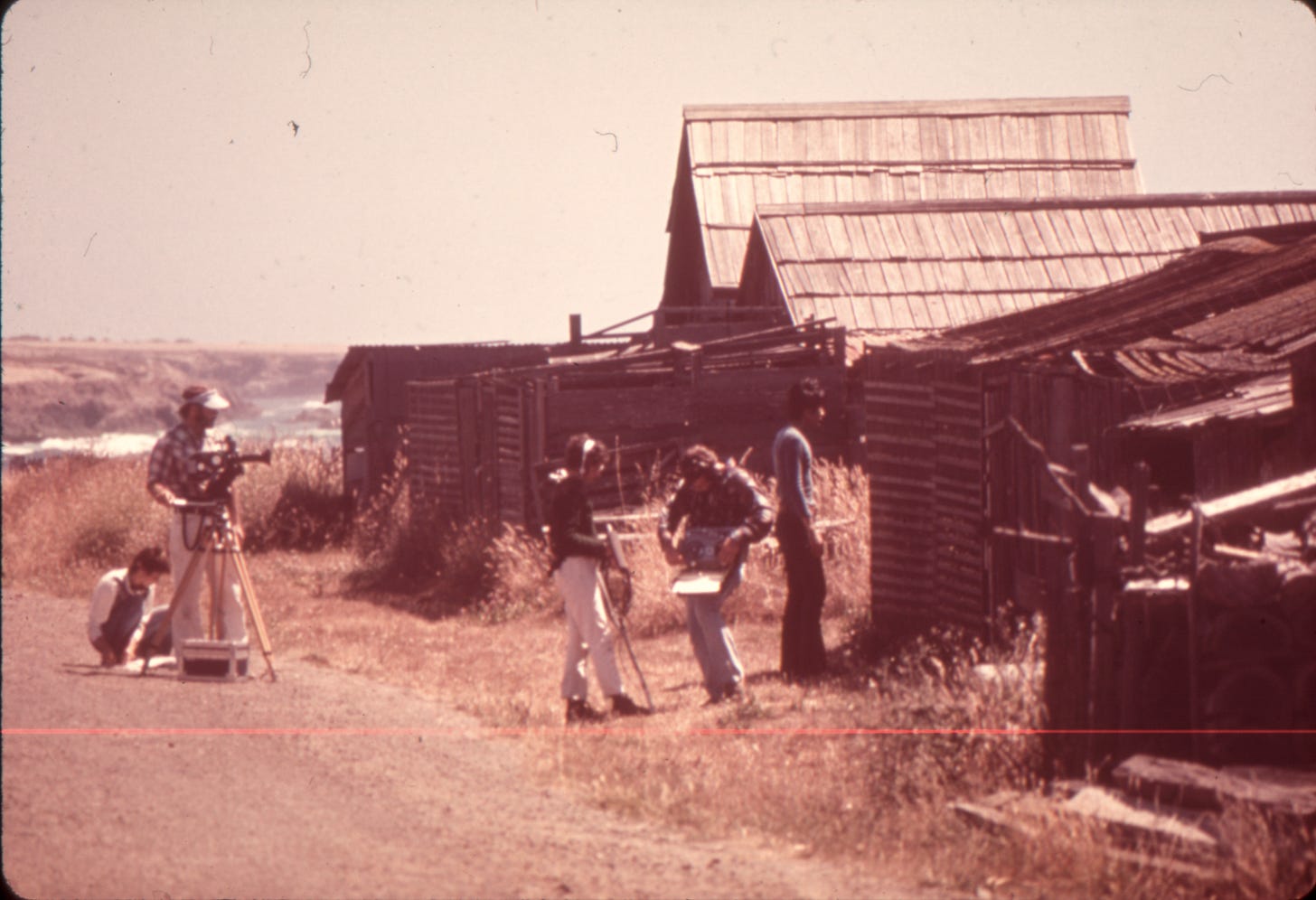

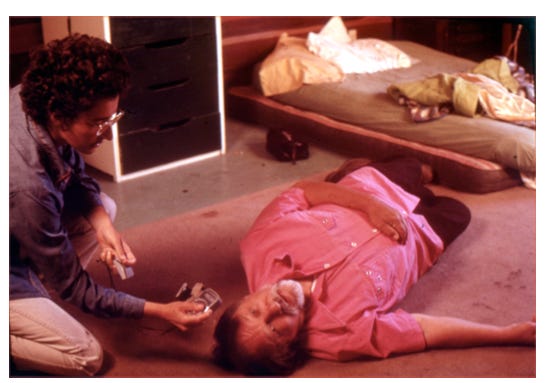
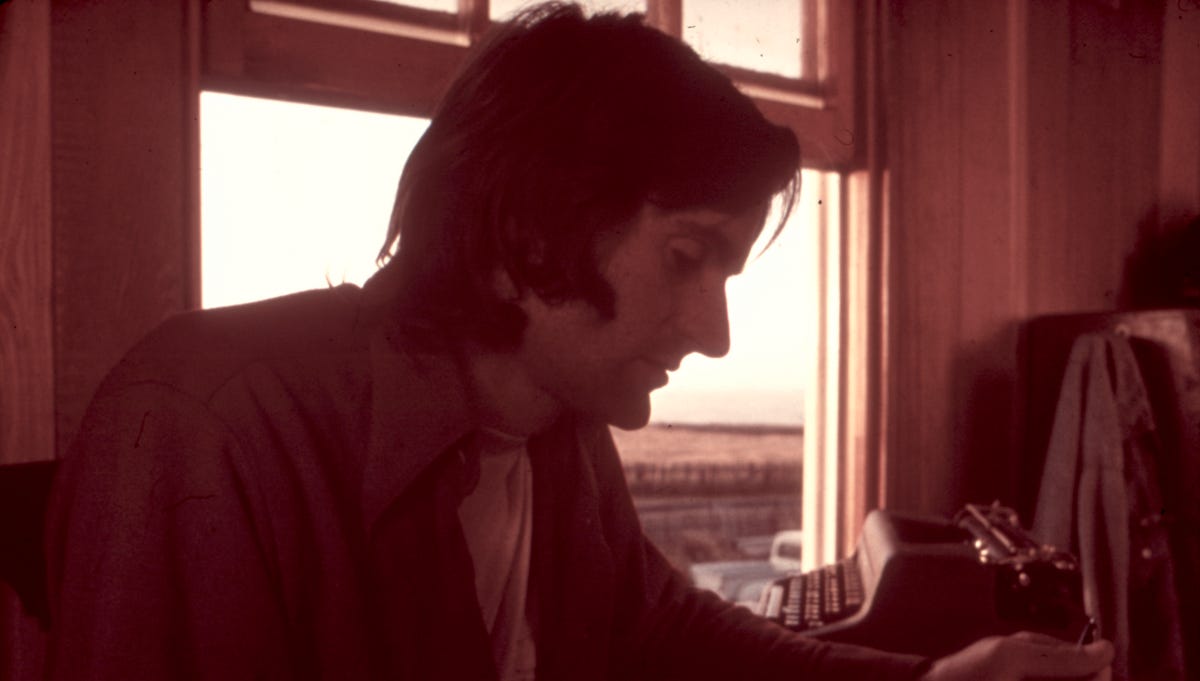

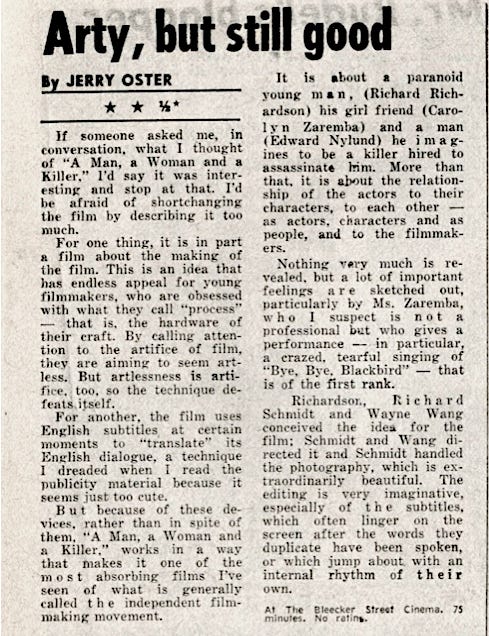
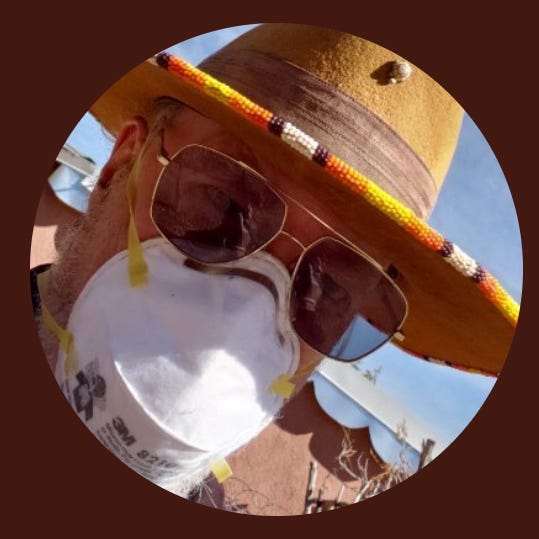
I'm a superfan of novelist, Tom Robbins, and I have memorized his paean to The Soul, which he describes as "The Interface with The Mystery." I want that Interface in the works of Art I attend to, as well, whether it's my own attempts to create Art or my seeking and appreciating others' Work. For me, what some Artists and Art Critics miss is that Interface. They just want a "beautiful" object they think compares well with other objects they admire. Fine. I'm not qualified to make those judgments. All I know is the Art I crave, like TR's novels and YOUR MOVIES, seems to me to be treasure sneaked out of The Mystery, because that's where you went looking.